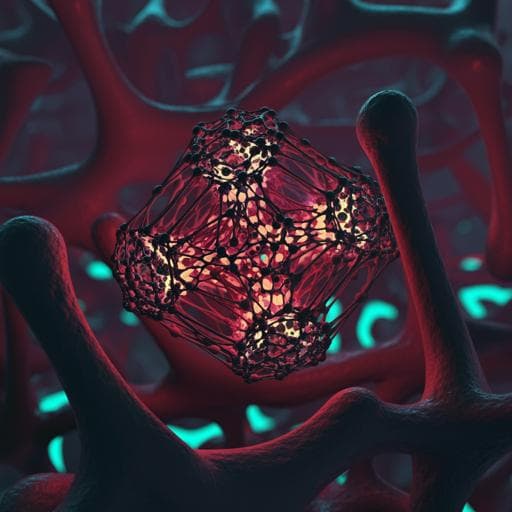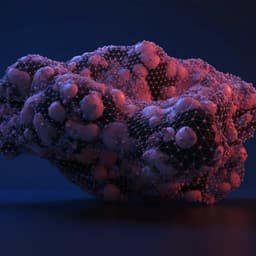
Engineering and Technology
Multiscale architecture design of 3D printed biodegradable Zn-based porous scaffolds for immunomodulatory osteogenesis
S. Li, H. Yang, et al.
Discover how a cutting-edge multiscale approach to biodegradable Zn-based scaffolds is overcoming challenges in bone regeneration! Conducted by a talented team of researchers, this study reveals innovative solutions that enhance strength, cell adhesion, and anti-inflammatory response, paving the way for future advancements in medical engineering.
~3 min • Beginner • English
Related Publications
Explore these studies to deepen your understanding of the subject.







